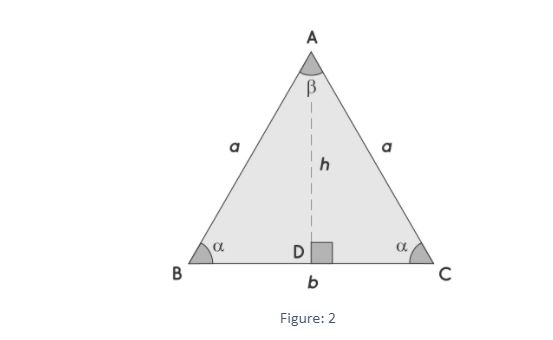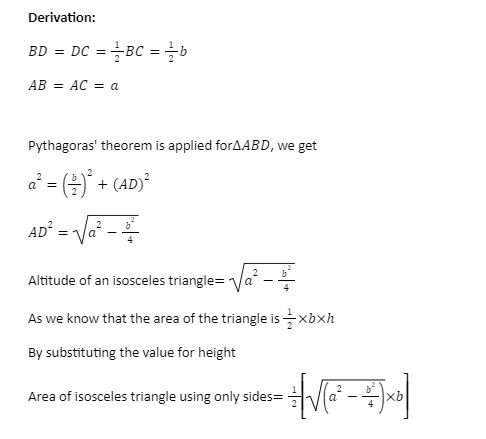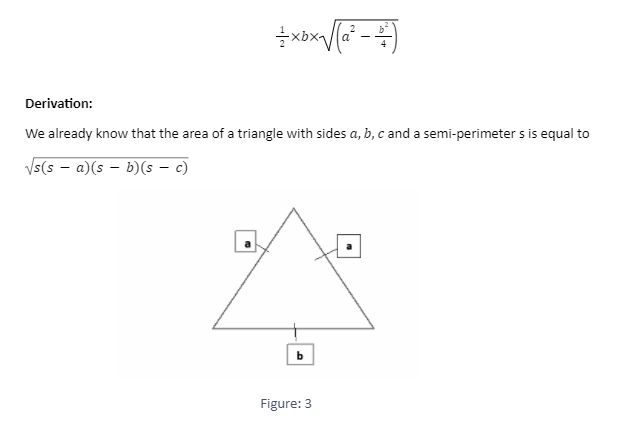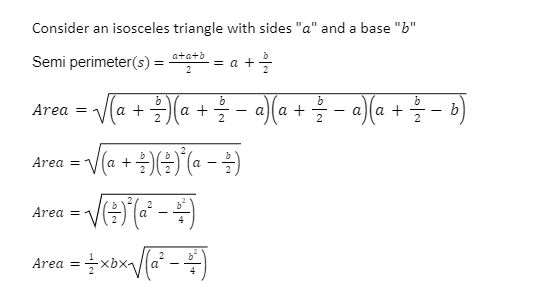Area of Isosceles Triangle
The amount of surface or space enclosed between the sides of an isosceles triangle is known as its area. The area of an isosceles triangle can be calculated using the following formula: half the product of the base and height of the triangle. There are several formulas for calculating the area of isosceles triangles, in addition to the basic formula. We'll go over the area of an isosceles triangle in further below.
 Profile
Profile Settings
Settings Refer your friends
Refer your friends Sign out
Sign out











